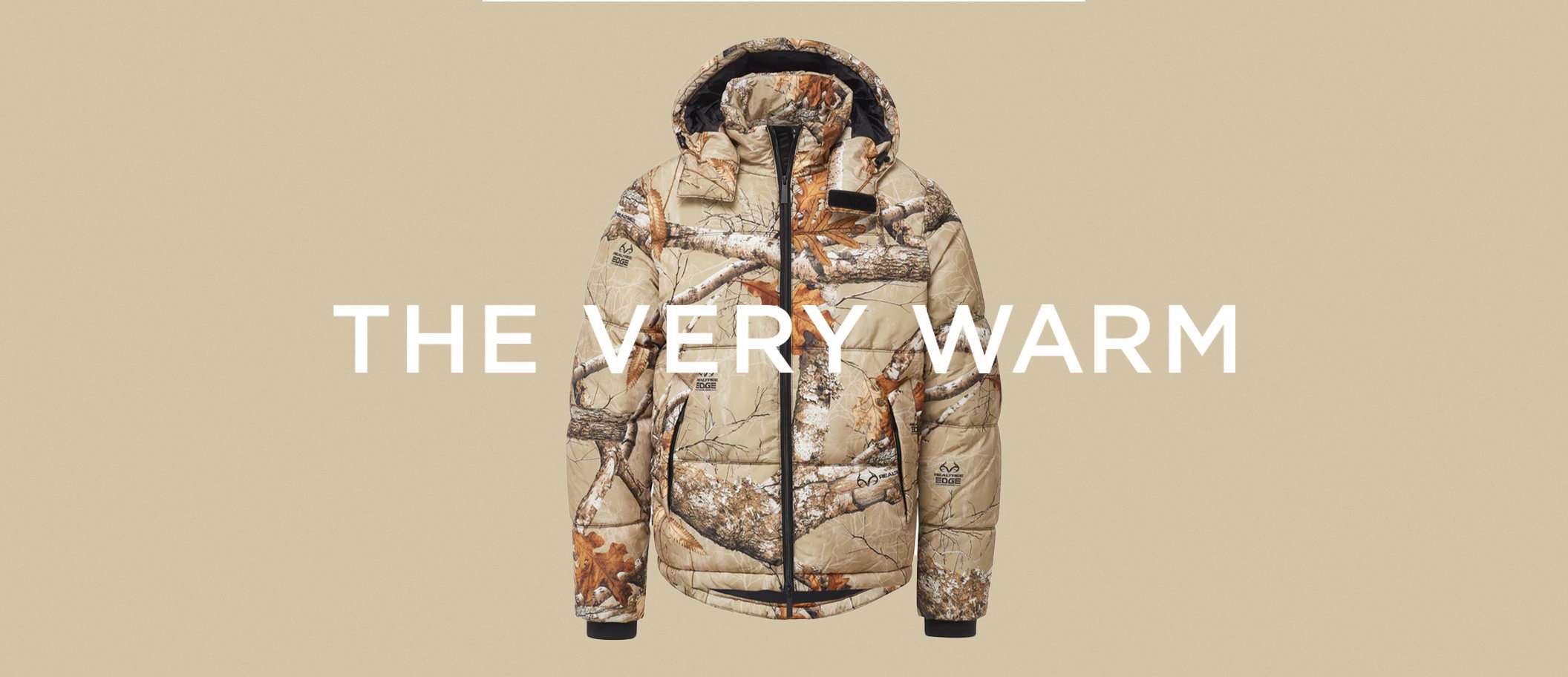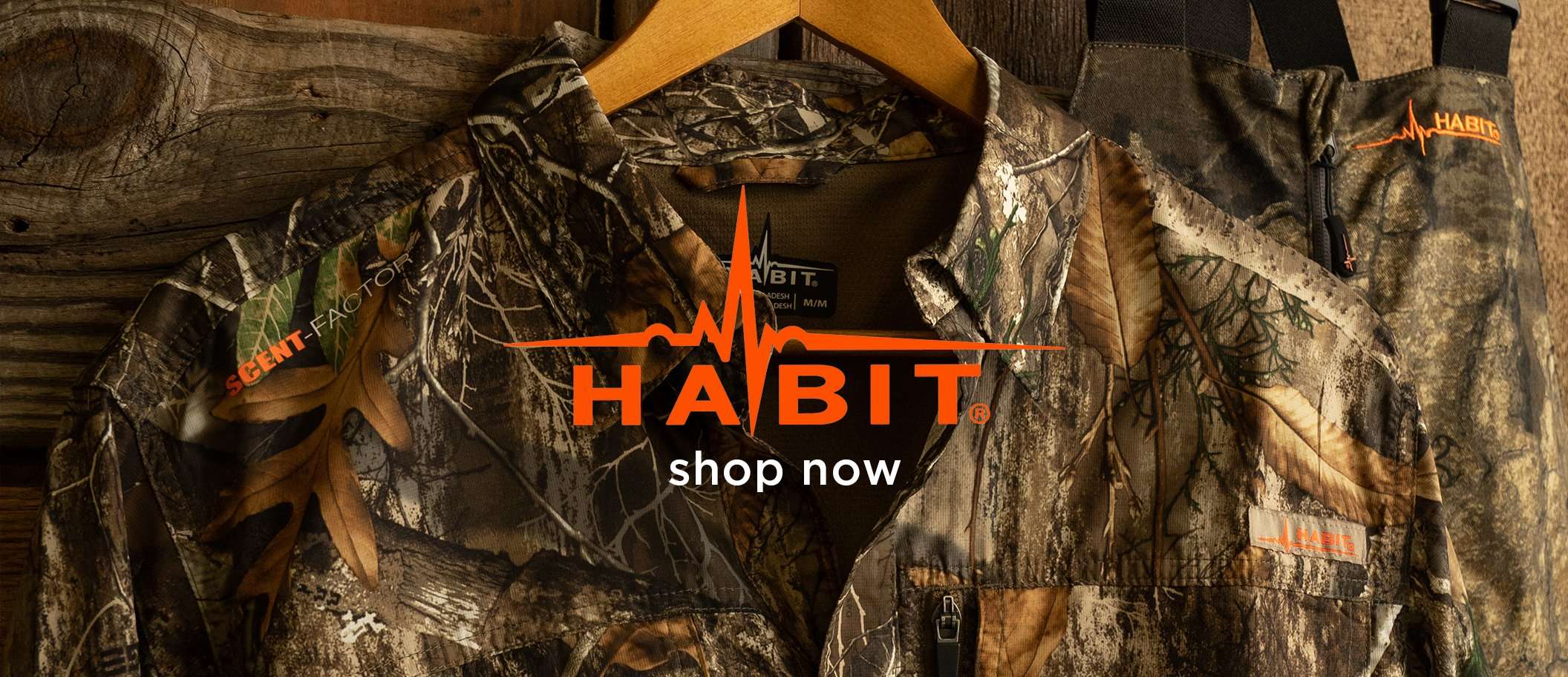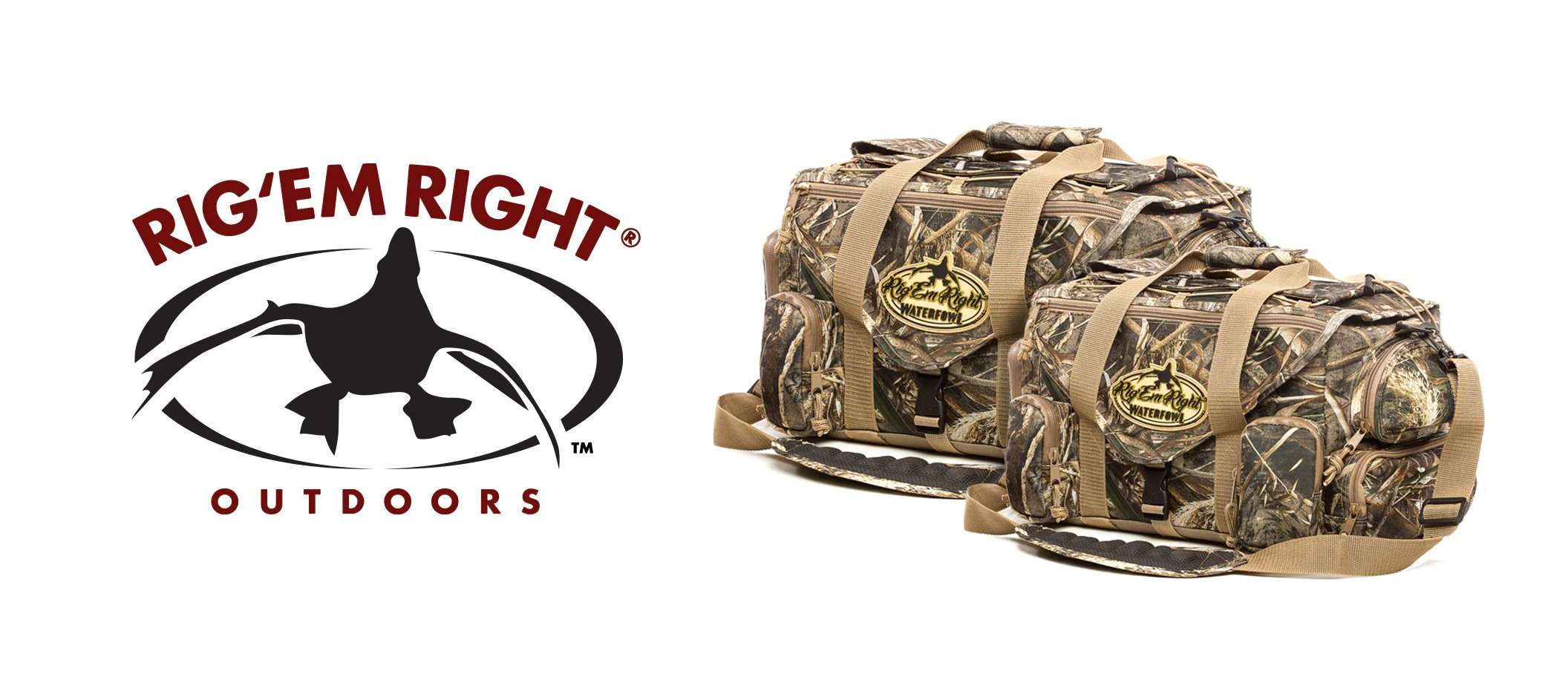Regardless of weather conditions, stand locations near water can be some of the best to target. Here’s what you need to know.
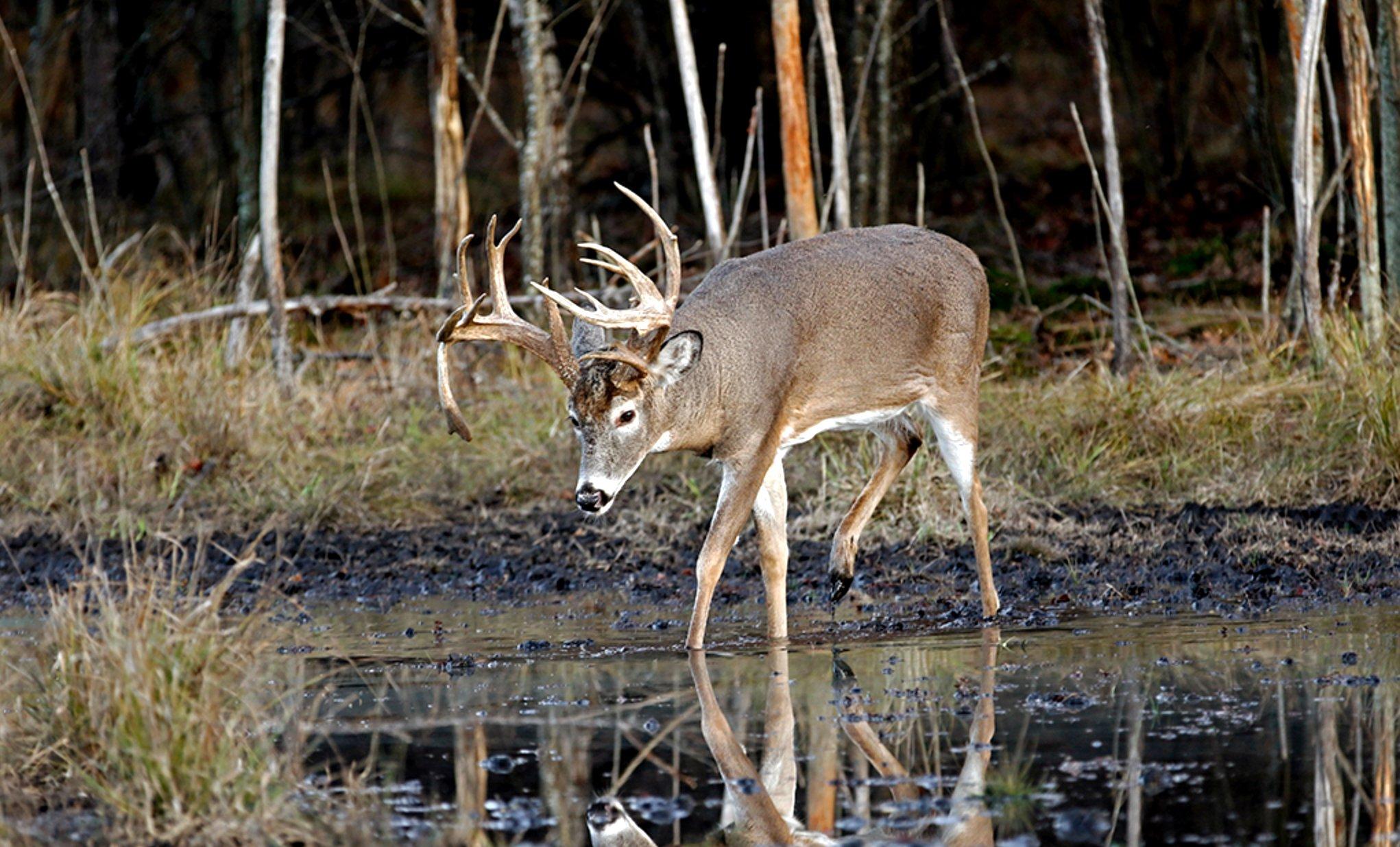
Incorporate water into your game plan, and see more mature bucks. Images on the Wildside
I’ll never forget the 93°F afternoon that I hiked down into a thick draw toward a waterhole on a piece of western public land. Sweat rained from my forehead, and my cheeks were beet red from the sweltering heat. While hunting in such heat is miserable, I stayed optimistic because the hot, dry conditions seemed ideal for an afternoon vigil over the only water source in the immediate vicinity.
It was a little past noon as I hiked toward the little tucked-away oasis, so I was in for a long afternoon sit. At the waterhole, I studied the surroundings and elected to hunker under some juniper boughs on a ledge slightly elevated above the H2O. I shed my boots so that I could shift into shooting position more quietly in my socks if and when a buck came to drink. I nocked an arrow and clocked in for the long shift.
Early in the afternoon, a young buck arrived and slurped the murky water, the droplets falling from his mouth sparkling in the blazing hot sun. Once the small 8-pointer had his fill, he slipped away into the brush. Several agonizing hours passed with nary a deer stepping into the opening for a drink.
Suddenly, a mature 8-pointer with a handsome rack emerged from the brush, heading straight at me before breaching the pond rim and lowering his mouth to the water. My bow was ready the entire time, but when he stopped drinking, he shifted in one fluid motion and walked directly away, the brush swallowing him up along with my dream of slipping a carbon shaft through his ribs. But, that’s hunting.
Don’t Miss: DON’T KID YOURSELF: WEATHER AND MOON MATTER FOR DEER HUNTING
A WHITETAIL NECESSITY
Deer survival requires hydration. Several online sources state that deer need 1-1/2 to 3 quarts of water daily per 100 pounds of body weight. Depending on your knowledge of whitetails, you might be surprised to know that deer get their daily doses of water through a few different means.
A study conducted in Dimmit County, Texas, by J. Hunter Brooks, Charles A. DeYoung, Timothy E. Fullbright, David G Hewitt, Kim N. Echols, Don A. Draeger, and David B. Wester separates whitetail hydration into three categories. The first category, free water, refers to any form of water that a deer physically drinks from. Think rivers, lakes, ponds, watering troughs, puddles, creeks, natural springs, and so on. The second category, preformed water, refers to water from vegetation that deer consume, including dew or rainfall coating the vegetation they’re eating. Third, metabolic water is the result of the breakdown of fats, carbohydrates and proteins in food that has been consumed.
How often deer visit free water depends on the climate and vegetation on which deer feed. For example, an article on buckmanager.com referenced a study conducted in the Southeastern U.S. The study found that the plentiful rainfall, high humidity, and forages high in water content in that region mitigate the need for deer to visit water daily.
In contrast, Oklahoma’s Trent Parrish told me last year as I interviewed him for a Realtree Rack Report that the buck he killed and several others were frequenting his hunting location because Oklahoma was in a drought, and because it was the only nearby water source.
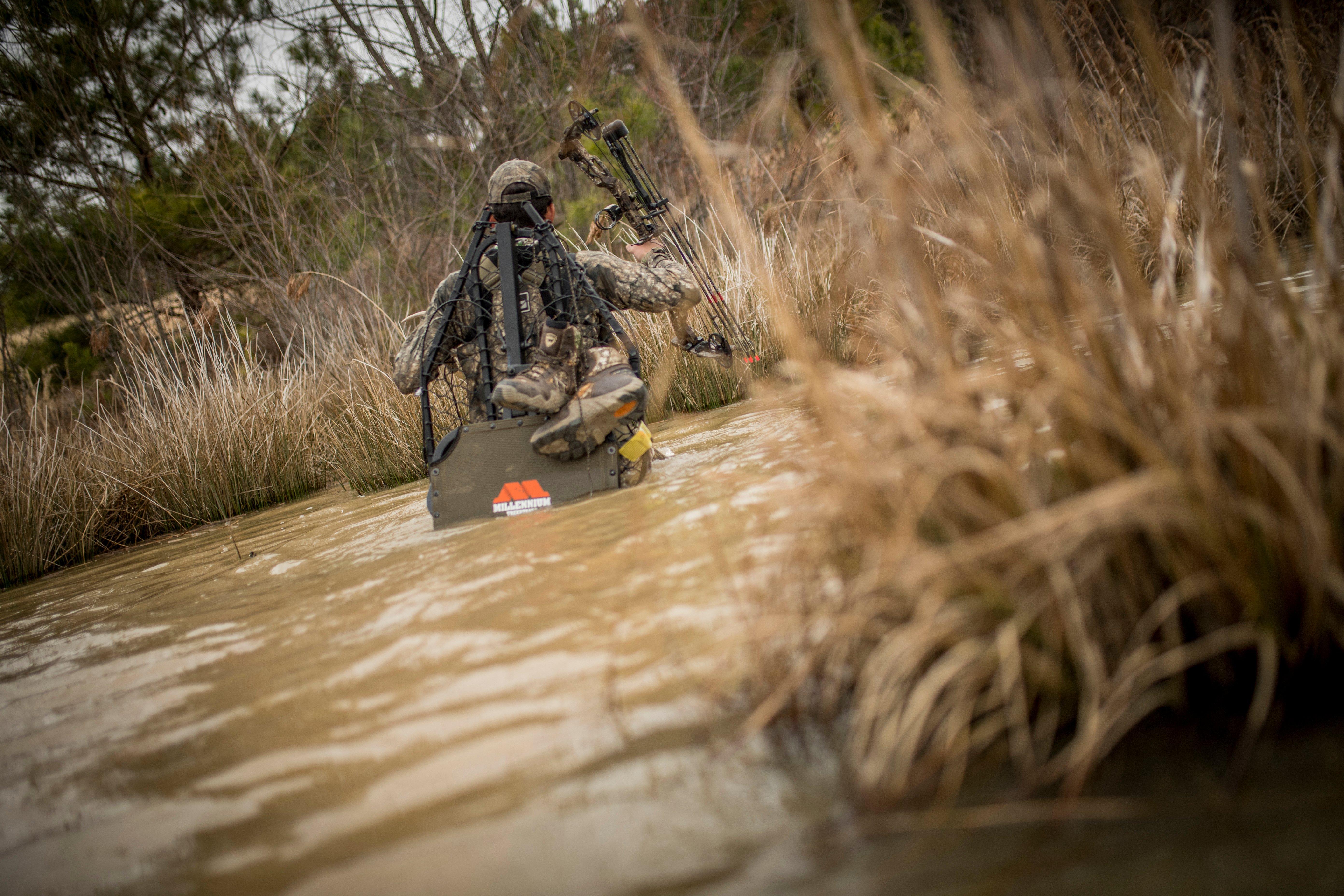
Swamps, lakes, and river shore lines can funnel deer movement if you’re creative enough to hunt them. Image by Realtree
IDENTIFYING GOOD WATER SOURCES FOR HUNTING
If conditions are dry and hot, it’s a given that deer will visit any form of standing water where they can comfortably drink. This could be anything from a puddle to a lake. A few factors make a water source more inviting to deer, however.
First, deer are likely to visit water sources that are located conveniently near a bedding area or food source. Deer also want to feel secure where they drink, so the more seclusion and cover the water source offers, the better. And, it seems that they’re most likely to frequent a water source that can be approached from multiple angles so that they can use the wind as they approach. Finally, waterholes that are used throughout the day by cows are way less desirable to deer. I’ve seen this to be true many times while scouting water sources for deer sign, and also while hunting over water sources that are used by cows.
That being said, put your time in where it counts. It’s pretty obvious which water sources are being used frequently by deer. Just look for deer tracks. If they’re visibly old tracks, it doesn’t mean you shouldn’t hunt there; it just means you should temper your expectations or look for a more active source. Tracks pounding the muddy ring around a pond or waterhole are typically easy to decipher as old or new. Find a source hammered with fresh tracks and stake it out.
Don’t Miss: WHEN SKIPPING MORNING HUNTS IS A MISTAKE
HUNT WATER-BASED TERRAIN FEATURES
Hunting deer on or near water sources isn’t always about the hydration aspect. River bottoms, lakes, and even pond dams can encourage deer traffic to play out in a certain, predictable way. Often, creeks and rivers will have shelves that run parallel to the water. Rock outcroppings above the shelf and a bank dropping steeply off to the water create a natural funnel that deer will travel — the path of least resistance. The berm of a pond dam often makes a perfect thoroughfare. Don’t overlook peninsulas that jut out into lakes or a narrow strip of land that separates two spring ponds and funnels deer traffic.
Also, while hunting travel routes parallel with rivers and creeks is a good play during the rut as bucks chase does or scent-check doe trails, be on the lookout for crossings, especially in situations where deer are bedding on one side of a river and feeding on the other. Although shallow stretches of big rivers with sandbars present are typically obvious crossings, don’t rule out deeper parts of a river. I’ve watched numerous bucks plunge right into water and doggy-paddle to the other side. You’ll have to scout the banks to find where deer cross the most frequently. I’ve had some very productive hunts along parallel travel routes and crossings.
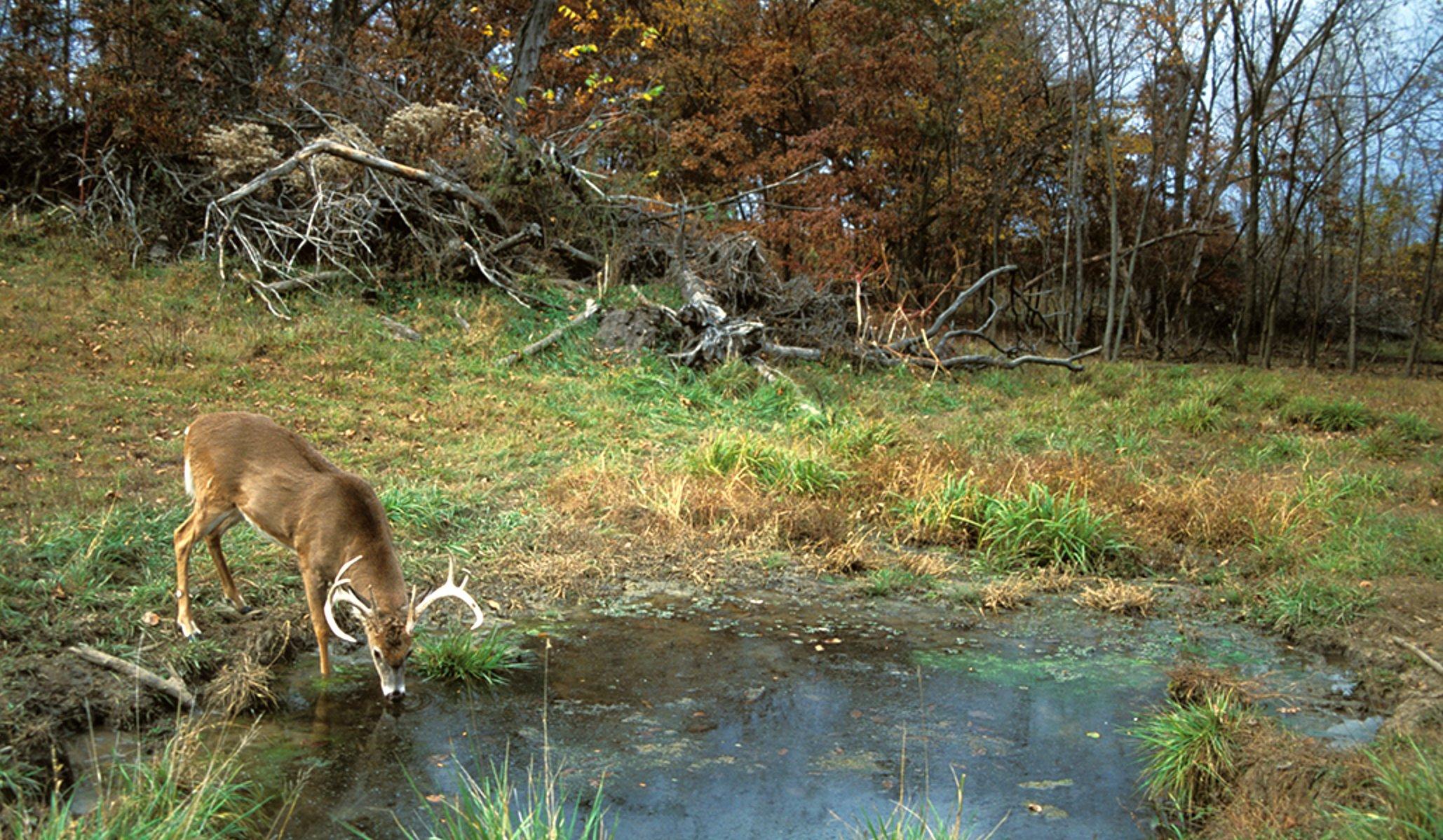
During daylight hours, whitetails prefer small, stagnant watering holes over large or running bodies of water that leave them exposed. Image by Images on the Wildside
FINAL POINTS
One of the biggest challenges with hunting small ponds and waterholes is that deer can really use the wind to their advantage while approaching. Even if you hunt the downwind side, deer are liable to swing behind you and come in. I suggest running an Ozonics unit in the tree while you hunt. I’ve had excellent results with this strategy.
The other challenge is around thermals. If you haven’t already read it, check out my article on thermals here. Ponds and waterholes are often in depressions, which means that cooling evening thermals will often settle around the water. The same is true if you’re hunting above a river. Cooling thermals tend to filter down to the lowest point, which means that deer will likely have an opportunity to smell you and bust. Hunt the wind the best you can.
Water sources can be very productive places to hunt, regardless of the weather or conditions. As we discussed, some water sources are productive when it’s hot and dry, while others are productive simply because they’re surrounded by terrain features that facilitate deer movement. Jump on a water source this season and you could have a very productive hunt.
Don’t Miss: 81 WAYS TO FAIL AT DEER HUNTING

